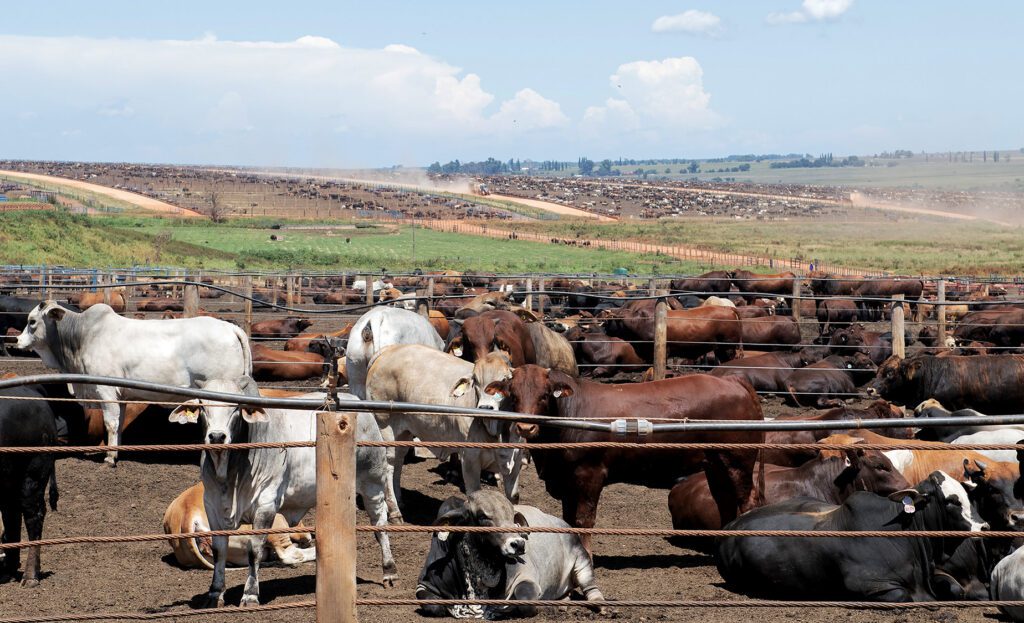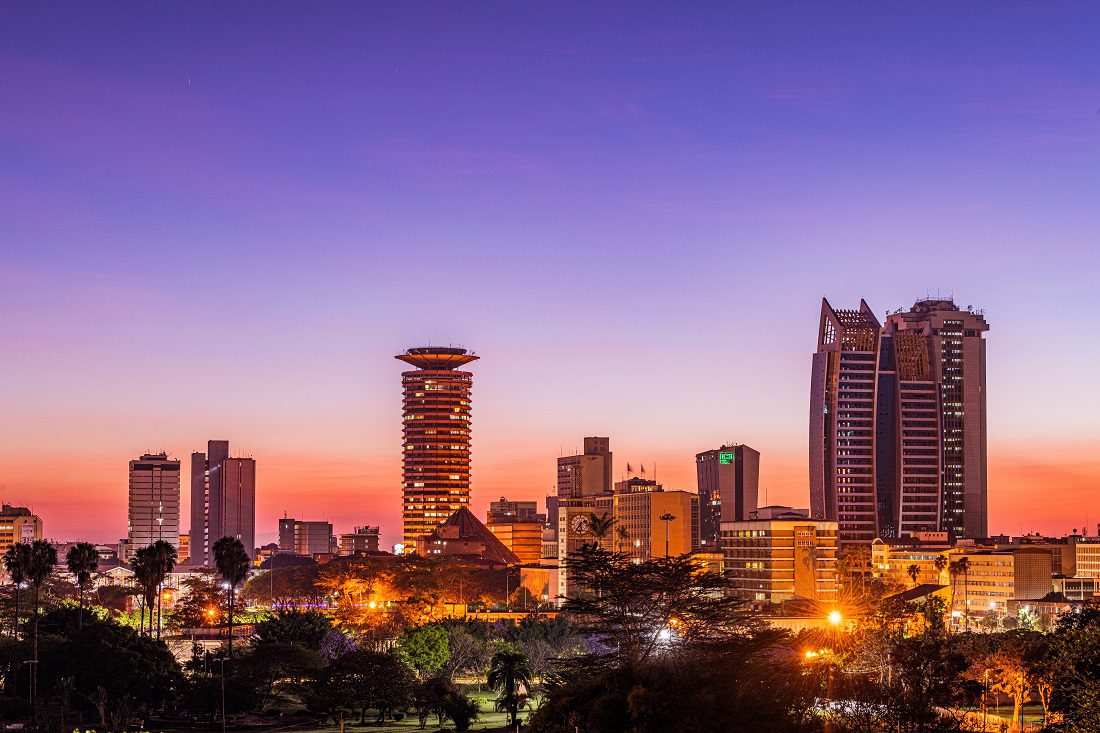
Thursday 27th November 2025

by inAfrika Newsroom
South Africa cattle vaccination efforts are accelerating as authorities scramble to contain a fresh foot-and-mouth disease (FMD) crisis. A nationwide campaign aims to vaccinate the country’s entire 7.2 million-strong cattle herd, following outbreaks that triggered movement bans and trade restrictions in several provinces.
Veterinary teams have been deployed to high-risk zones, supported by police and local officials to manage roadblocks and animal movements. South Africa cattle vaccination logistics include mobile cold-chain units and temporary crush pens, with priority given to communal areas where biosecurity is weakest. Officials say the operation must move quickly to avoid new infection clusters during the summer rainfall season, when animals mix more at shared grazing and water points.
Commercial farmers have welcomed the campaign but raised concerns about vaccine supply, compensation rules and the impact of prolonged export bans. Meanwhile, smallholders worry that repeated lockdowns will depress cattle prices, delay auctions and increase feed costs. Producer groups are urging clear communication and transparent criteria for lifting movement controls once coverage targets are met.
The agriculture ministry plans to publish weekly data on vaccination coverage, outbreak locations and updated movement protocols. Authorities are also reviewing options to expand domestic FMD vaccine production and upgrade quarantine facilities at key export abattoirs. In addition, the government is engaging trading partners to negotiate phased reopening of beef markets once independent verification confirms that South Africa cattle vaccination targets have been achieved.
An effective South Africa cattle vaccination campaign will help stabilise beef and dairy supplies across the Southern African region, where many neighbours depend on South African genetics, feedlots and processing plants. If outbreaks persist, job losses could spread far beyond farms into transport, feed and retail. Conversely, a successful response would reinforce confidence in African veterinary systems and demonstrate how coordinated surveillance, vaccines and movement control can keep high-value export markets open. Lessons from this operation could guide other countries facing FMD, lumpy skin disease and similar transboundary animal diseases.


